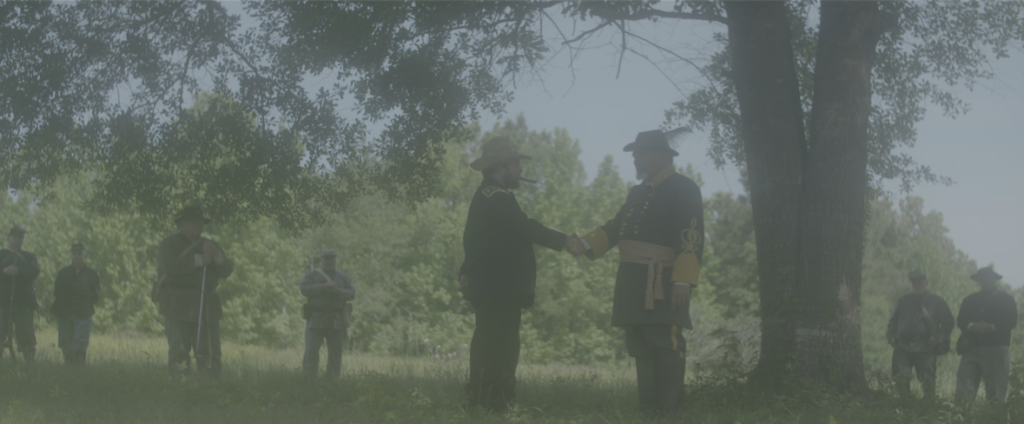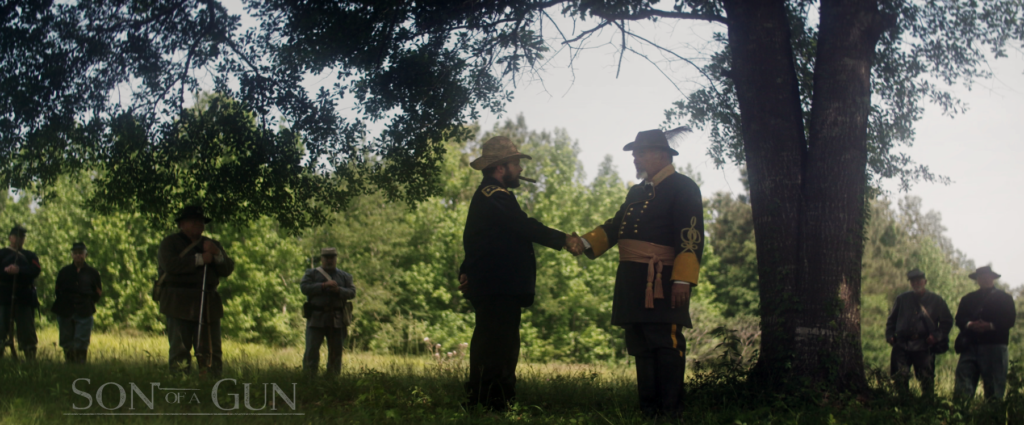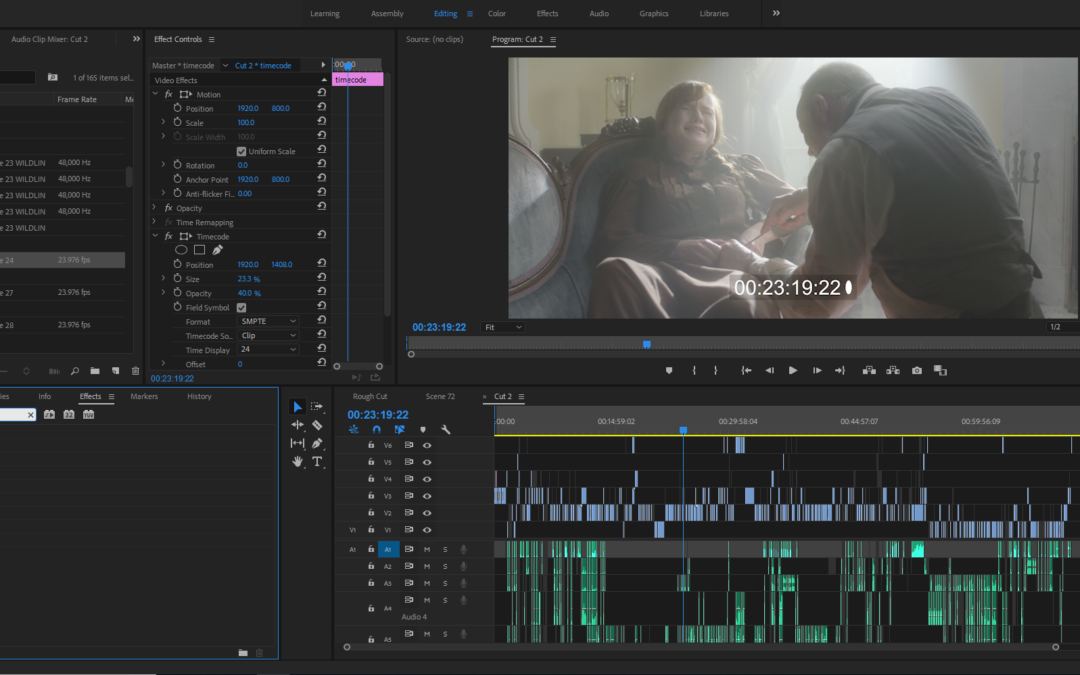This begins the final series of blog articles I’ll be writing along with First Time in a Movie and Community that track the production history and experiences we had on our latest film Son of a Gun. Director’s Notes will focus specifically on my thoughts about our movie and the making of it as I process them over the next few months.
Director’s Notes: Watching the Rough Cut
I can’t tell you how many times I’ve warned someone, “Now, remember this is a just a rough cut,” and nevertheless seen how shocked they were while watching. And truth be told, no matter how many times I approach that first cut of a film I’ve directed, it is a little hard to see it in “rough” shape. A couple weeks ago, I watched the first full cut of our movie Son of a Gun and I thought I’d share a little about the experience of doing so.
Working now with editor Tony Pellum, who cut our movies Cornbread Cosa Nostra and Bride of Violence, I really have no idea what to expect when he delivers the rough edit. The positive of this is that I’ve had a few months to distance myself from the film and approach it from a fairly fresh perspective. It’s also scary and difficult. Without knowing first-hand, you’re speculating about what works and doesn’t work in the movie and ultimately guessing what can or cannot be fixed.
On top of this, the first cut always has the worst sound mix and zero music. Sometimes we put a temp score in the cut. These are musical tracks we don’t have the rights to, which we use for reference to the composer we’ll hire and as inspiration to cut the scenes. When I watched the rough cut of Son of a Gun recently, there was only one track placed in the film so I actually brought the video file into Premiere, as I worked on my revision notes for Tony, and started placing possible music under the scenes. I struggle to see a cut without music, even if its temporary. So many of our scenes in any project are incomplete without a score and therefore I don’t know if they’re working without hearing something behind the dialog and action.
Also, the first cut rarely has color correction. You’re watching the “raw” footage assembled. Here’s an example of a shot in the movie without color correction and one with it. When I finally get to see the movie with color, it’s a completely different experience.


I suppose my overall point is that the process of watching a rough cut is a psychological challenge. It requires imagination for what all the missing elements (mixed sound, score and color) will provide. It requires patience with the decisions an editor made in the trenches of footage that might not make sense at first. It requires the ability to see the film come together for the first time in all its ugly glory without freaking out.
-Travis Mills


